🌎The Intersection of Ecology and Technology in Landscape Conservation Design, with Pat Comer
Hello…and welcome to…Issue #014!
Reading Time: <2 mins.
TL;DR: We are excited to share that our new Designing Nature's Half website will launch later this month! Meanwhile, we also published our podcast's sixth episode, Assessing Landscape Conditions: A Key Aspect of Landscape Conservation Design, with special guest Pat Comer, Chief Ecologist (retired) with NatureServe. Pat shares insights on conducting landscape assessments and their application to landscape conservation design (LCD). The discussion provides practical advice for stakeholders interested in LCD—highlighting landscape assessments as a crucial component in the design process. Tune into this enlightening conversation packed with expert insights perfect for anyone passionate about sustaining nature through thoughtful planning, design, and collective action!
Pat Comer, Chief Ecologist (retired), NatureServe
“I want to give a shout out to public land managers and planners. They have a really tough job. The task of engaging people and compiling a lot of information in planning processes is no small task. They are people to be admired, because as things have gotten more complex and, in many cases, more controversial, more polarized, it's just a very difficult job to corral people to get onto a common framework; but it's absolutely essential.”
Welcome to our corner of the world!
We are glad you are here!
In the last issue of Designing Nature's Half: The Blog, we shared our podcast's fifth episode, Tackling Complex Systems: Landscape Conservation Through Participatory Design Using Models, with Dr. Ronald J. McCormick, an ecologist with the Bureau of Land Management. In this issue, we share some exciting news: our new Designing Nature's Half website will launch later this month! We also dropped our sixth podcast episode, Assessing Landscape Conditions: A Key Aspect of Landscape Conservation Design with special guest, Pat Comer, Chief Ecologist (retired) with NatureServe. You can find it anywhere you get your podcasts or from my author's website via the button below.
Our new DNH website is going live later this month! Here's a sneak peek at the homepage:
🌎The Intersection of Ecology and Technology in Landscape Conservation Design – with Pat Comer
In the ever-evolving field of landscape conservation and design, technology plays a pivotal role in shaping our understanding and strategies to preserve our precious natural resources and the ecological services that support humanity. In episode 6 of 'Designing Nature's Half: The Landscape Conservation Podcast,' we dive deep into this intersection with Pat Comer, who has dedicated over three decades to applied research, ecosystem assessment, and conservation planning.
Comer's work is a testament to how ecological data can be harnessed to inform strategic decisions to conserve biodiversity across various scales. His efforts have been instrumental in mapping ecosystems and assessing their conditions – increasingly complex tasks given the multidisciplinary nature of sustainability and adaptation planning.
The challenges are manifold. Ecologists and planners must integrate diverse data sources, from satellite imagery to on-the-ground surveys, while ensuring scientific collaboration for standardizing information and obtaining critical perspectives from landscape stakeholders. This is where Comer's expertise shines through. He emphasizes the collection of and giving broad access to ecological data so stakeholders can make informed conservation decisions.
One might wonder why such rigorous assessments matter. They form the backbone for spatial prioritization – deciding which areas need attention. It is no longer enough to identify an area needing protection; we must understand its current state, its vulnerabilities, and plausible future scenarios if left unmanaged so the conservation sector can prioritize when, where, and how it plans to take strategic action.
This approach becomes more critical when considering findings like those discussed by Comer regarding North America's terrestrial ecosystems' risk assessment. A staggering one-third appear vulnerable or critically endangered – signaling loud alarms for immediate action.
But beyond mere statistics lies a narrative about conservation action – a core theme throughout Comer's contributions. Landscape assessments measure threats like habitat fragmentation, invasive species incursion, and altered natural disturbance regimes that disrupt native ecosystems' balance.
Consider Comer's work with pinyon-juniper woodlands mapping adaptation zones based on varying degrees of climate vulnerability assessed through indices like the Habitat Climate Change Vulnerability Index (HCCVI). Such detailed analysis provides land managers actionable insights into whether they should foster resistance (minimal intervention), promote resilience (active management), or anticipate transformation within these habitats due to projected climatic shifts.
Ultimately, what resonates throughout this discussion is not just scientific rigor but also an undercurrent urging collaborative effort transcending political divides for effective conservation practices—a call echoed by special guest Pat Comer.
Thanks for a GREAT discussion, Pat!
Visit www.designingnatureshalf.com for more insights and resources related to topics discussed in today's blog post!
Your thoughts? Do you think like an ecologist? #systemsecology #landscapeassessments #climatechange #biodiversityloss #landscapes #LCD
An Invitation
If you think you have something to offer to the conversation and would like to be a guest on our pod, drop me a note at: info@lcdinstitute.org and put "Guest" in the subject line.
Sharing is Caring
Please consider sharing this newsletter with your social contacts so we can build a community of folks who want to turn down the boil, save our planet, and its inhabitants.
Join the Designing Nature’s Half Community
Sign up below to hear about what we have up our sleeves to save the planet and learn how you can get involved.
Thanks for your interest and support!
We’ll keep you posted on how our projects are coming along via future issues of Designing Nature's Half: The Blog.
Until next time,



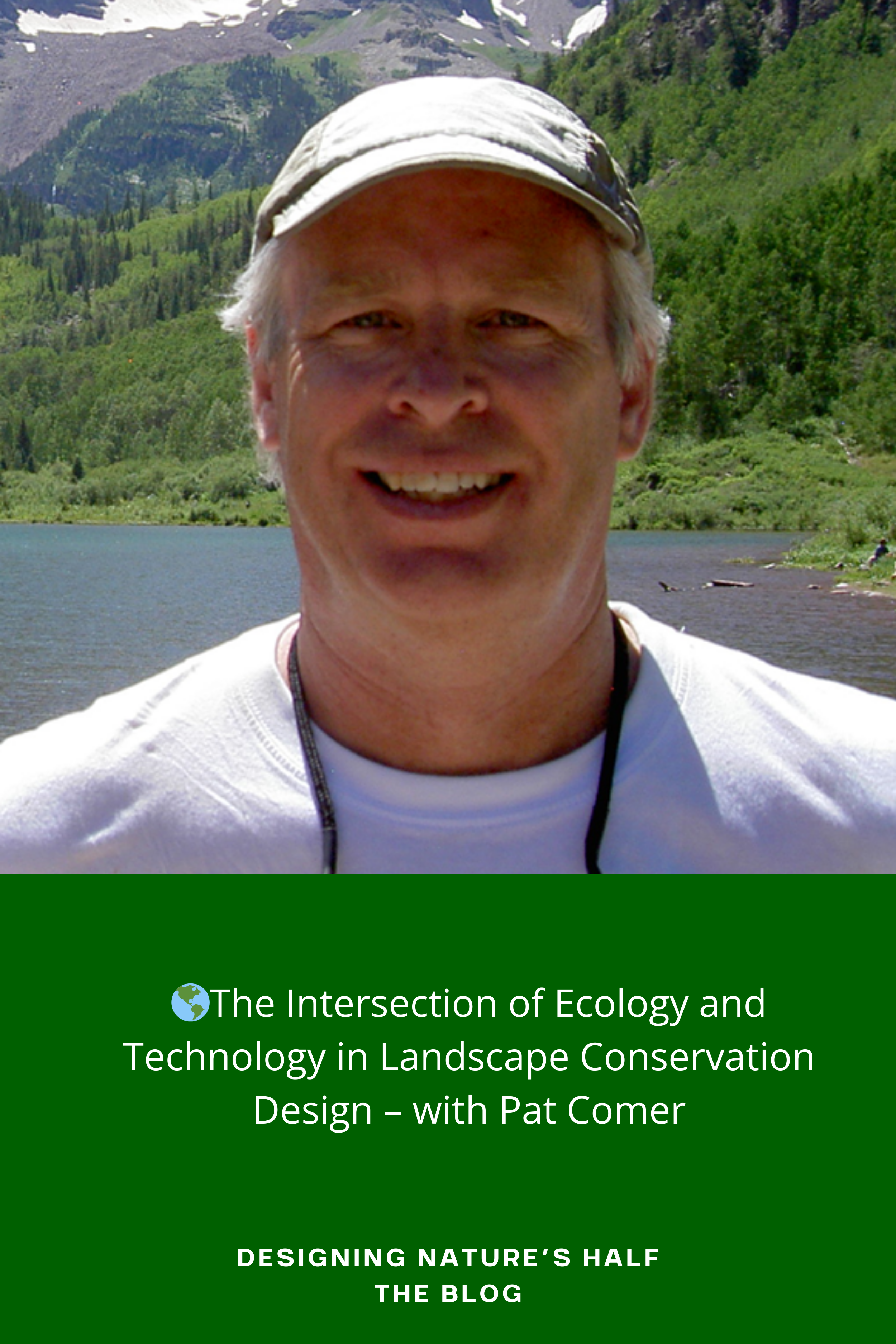

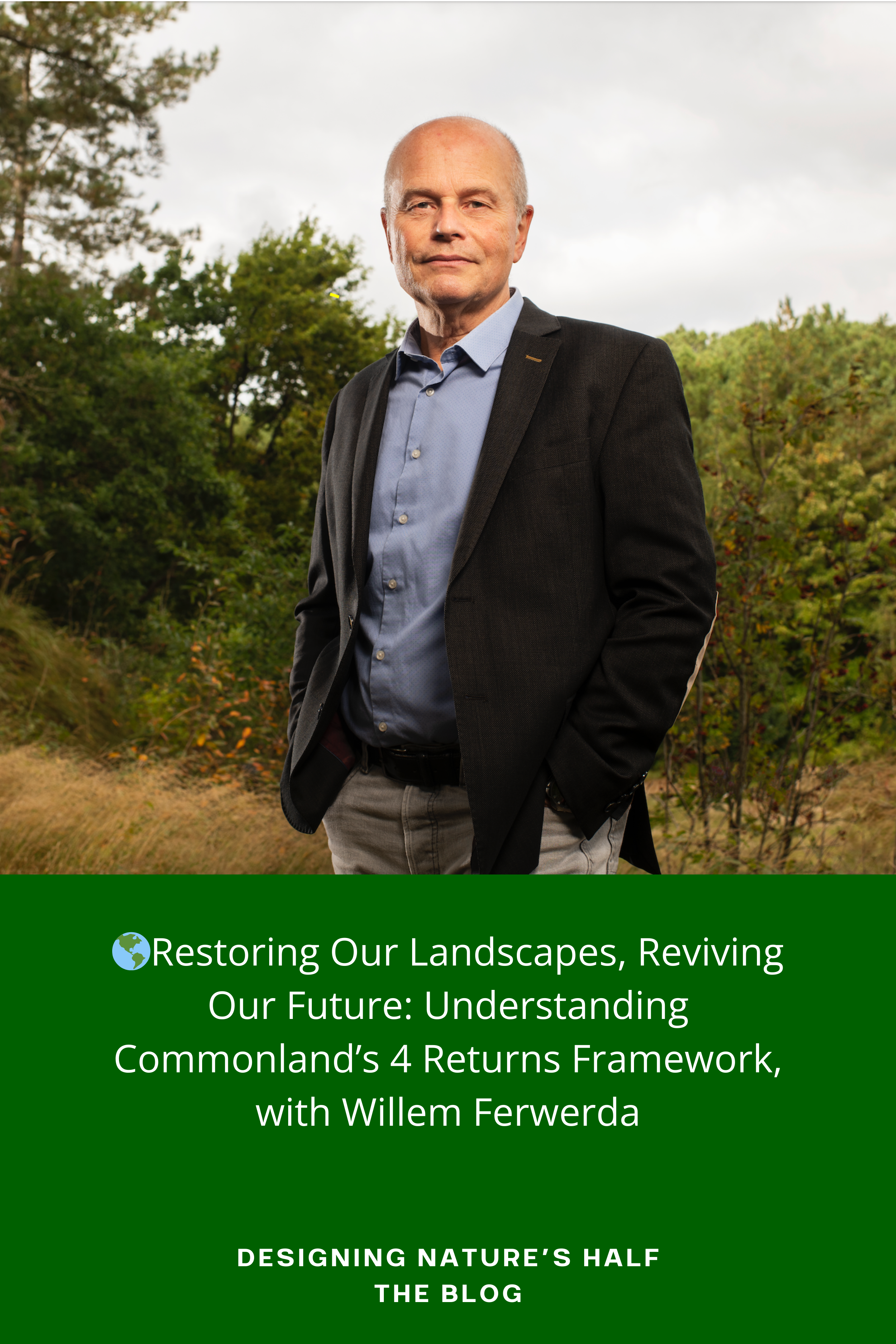
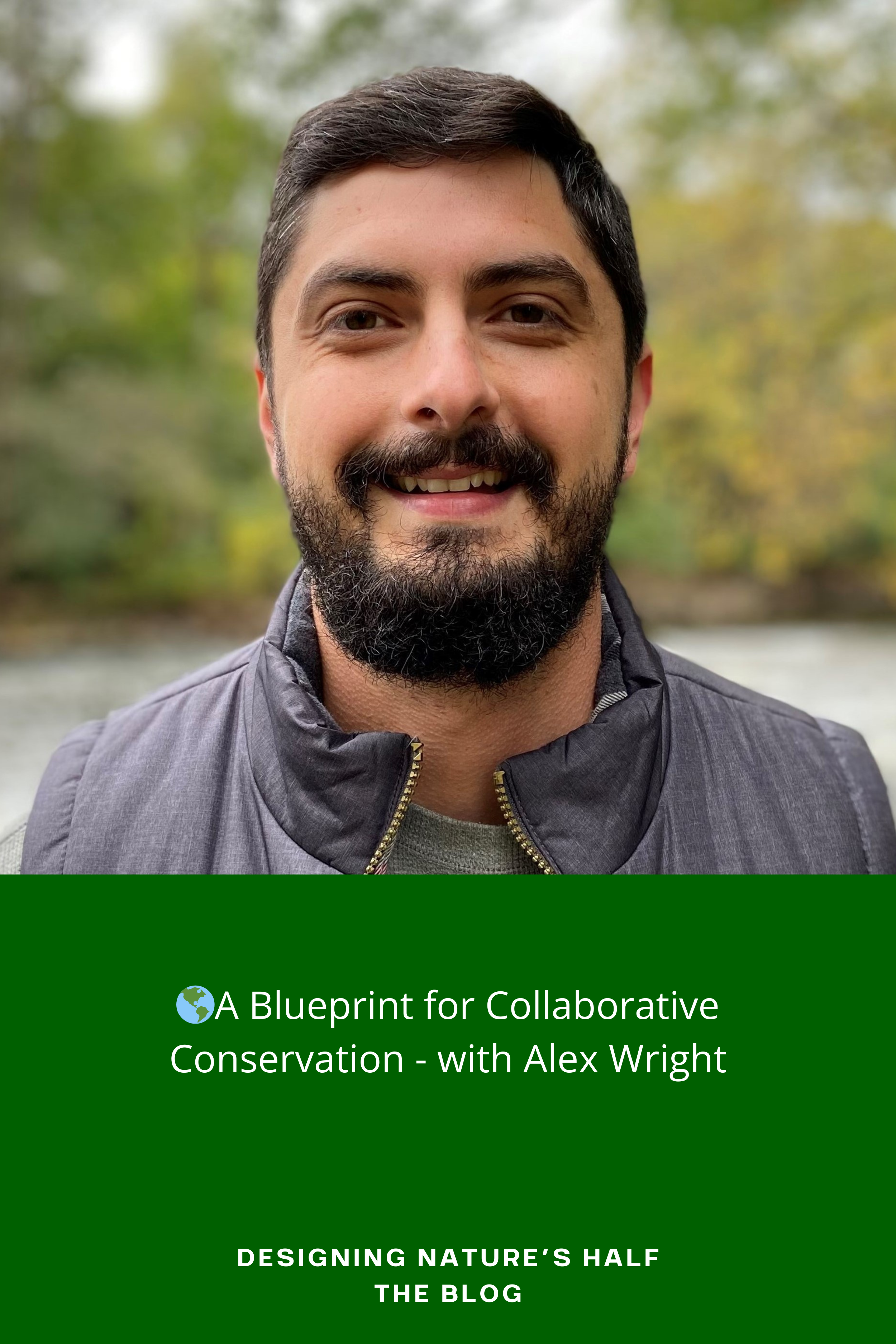
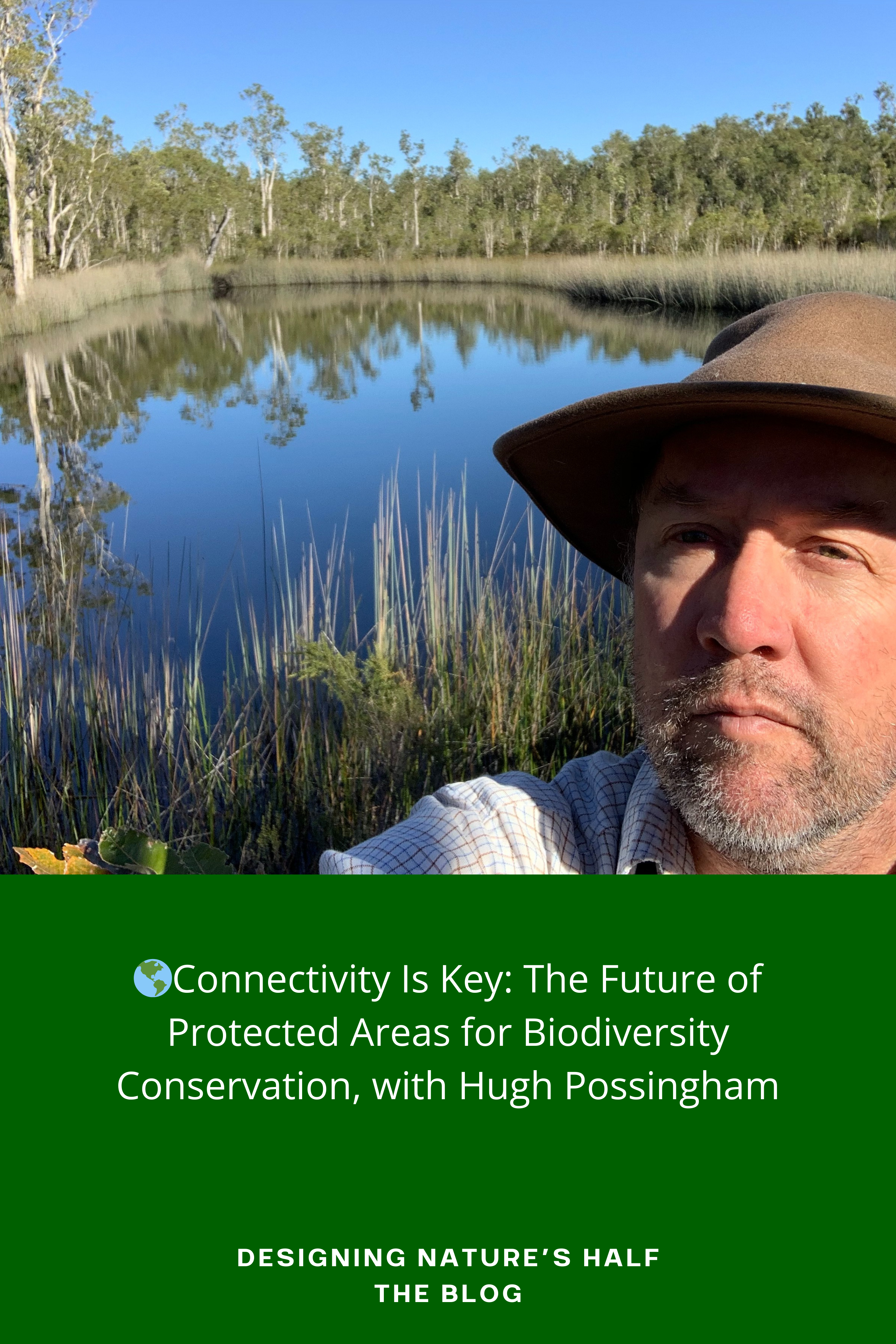

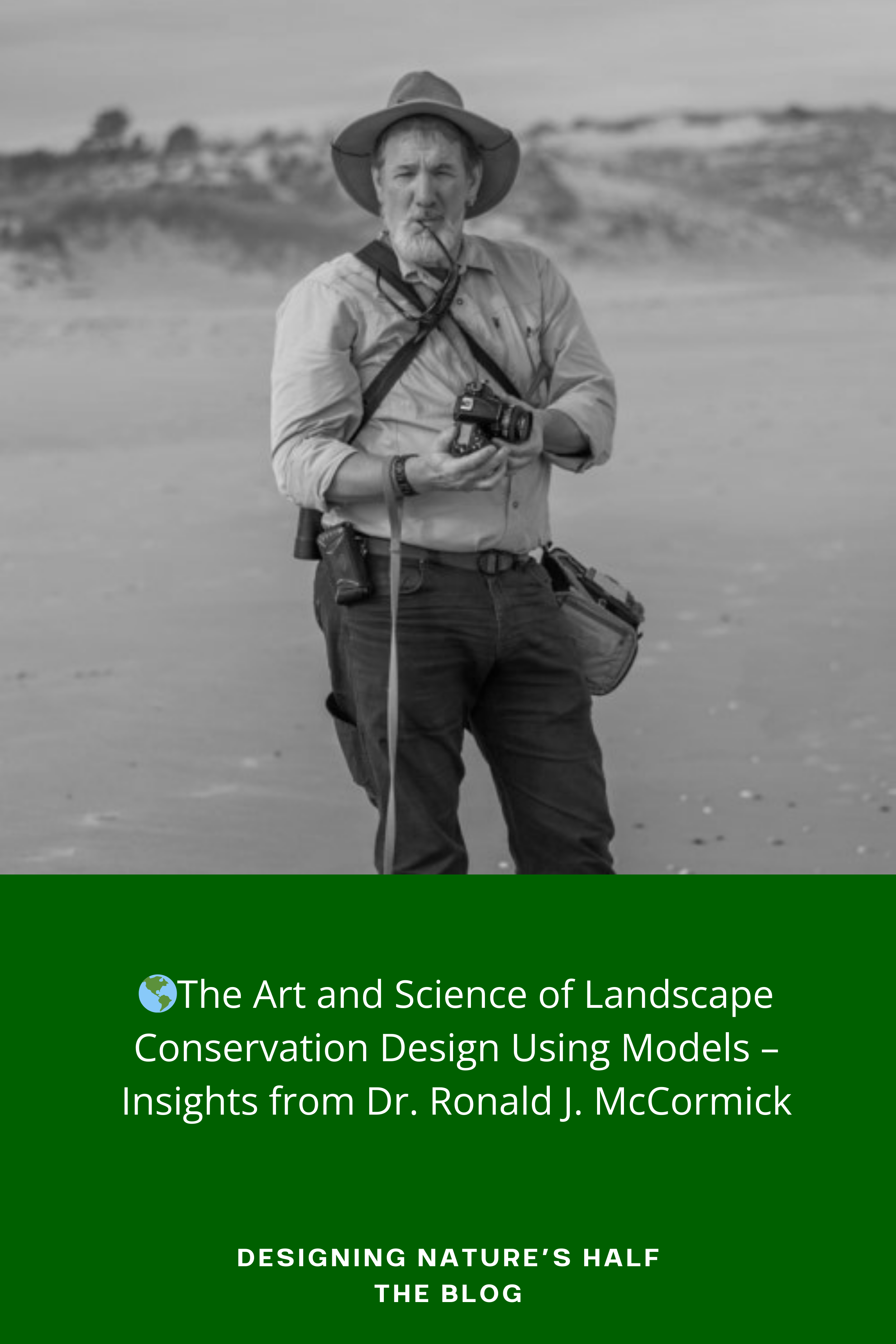
Dr. Amanda Sesser, the Coordinator of the Southeast Conservation Adaptation Strategy (SECAS) Partnership, discusses the need for inclusive design and decision-making processes that involve diverse stakeholders and empower communities. By bringing together various sectors of society, such as transportation, energy, and conservation, sustainable landscapes can be co-designed, created, and managed for people, planet, and prosperity. The episode emphasizes the need to balance human well-being and ecological integrity – a challenge that requires a new governance model that breaks down silos in traditional planning and decision-making. It addresses historic patterns of inequality and injustice to create a more inclusive and equitable society and highlights the concept of reciprocity and the importance of engaging indigenous and other disenfranchised people.